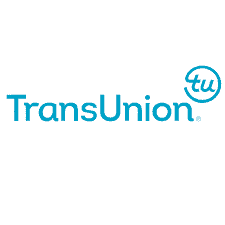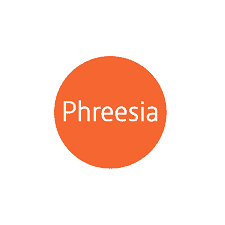This is a series of 12 blogs written at the request of CodeQuick to help Medical Practice Administrators optimize the revenue cycle within their practice. Please contact C Business Services if you have any questions or would like more information.
With the increase in recent years of patient deductibles and copays, the burden of patient collection has shifted to the front end of the visit. The Front Desk Team is now responsible to know what they need to collect from patients at the time of the visit. It was not that long ago when clinics and patients expected insurances to cover most services performed. Thus, little was collected at the time of the visit and most was left for the Billing Team to collect from insurance companies. It was also expected that patients know which specialty services their insurances did not cover. I remember having and seeing signs posted in waiting rooms specifically telling patients “There are over 1,000 different insurance plans, we cannot know the specifics of yours. Please call your insurance carrier and be aware of your coverage and copays.” This is the case no longer.
High performers in healthcare have found that the best method for enhancing their patient collections is to perform insurance eligibility checks and gather copay/coinsurance/deductible information before the patient arrives for their visit. A recent Navicure article notes that ‘one of the most important components in today’s revenue cycle is patient eligibility checks and verifications.’ However, to know that a patient is eligible for their insurance is only part of the battle. Clinics must then be the ones to inform the patients of their copays, coinsurance, and deductibles. Allowing a patient to arrive for the appointment uninformed can lead to either negative experience for the patient or a negative financial experience for the clinic.
The addition of insurance eligibility verification and notification to patients has become an administrative burden to many practices. Luckily, there are now a number of tools available for clinics to verify insurance eligibility, learn deductibles and copays, and inform patients.
Most insurance companies have online access that clinics can have their staff register for that allows for checking eligibility and coverage. Many electronic practice management (EPM)/scheduling systems have add-on systems that will check eligibility and upload current coverage for the patient into the system. This allows staff to review information without having to exit the system to look this up. Some also update the scheduling system automatically and will show the copay or coinsurance amount to the Front Desk Team.
There are also companies that are partnering with many different insurers to provide the information, free to medical providers. The signups are usually quite painless. However, each of these requires that someone on staff log in and look up each patient:
BlueCross BlueSheild of Georgia and Illinois are using Availity, an RCM vendor for clinics 
![]() has combined many insurance company portals into a single access point for Washington, Alaska and Oregon clinics to use for eligibility verification, authorizations, and provider credentialing.
has combined many insurance company portals into a single access point for Washington, Alaska and Oregon clinics to use for eligibility verification, authorizations, and provider credentialing.
 also works with many insurance companies and does not have a region limitation
also works with many insurance companies and does not have a region limitation
The more automated an insurance verification system can be, the more time staff can devote to other duties. This includes calling patients regarding high deductibles or copays that may be expected at their visit. Not only is this great customer service (bonus points!) but it leads to higher payments when patients are in the office (Goal!).
Here are some systems that have features that work with a practice’s current EPM to automatically check eligibility and send the information back to staff for review:
![]() – Their Revenue Cycle Management system includes this feature
– Their Revenue Cycle Management system includes this feature
Sometimes even the clinic’s current clearinghouse may have this feature: or
or
After collecting updated demographic information for each patient before scheduling them for their visit, verifying insurance eligibility should be a piece of cake. Each administrator needs only find the workflow and tools that will work best for their clinic. This article only lists a few of the many options available. I encourage administrators to reach out to their EHR vendors, billing vendors, and colleagues and see what software and workflows are being used in their regions and specialties. One new tool could save hours of work and fully enhance this step of the revenue cycle.




